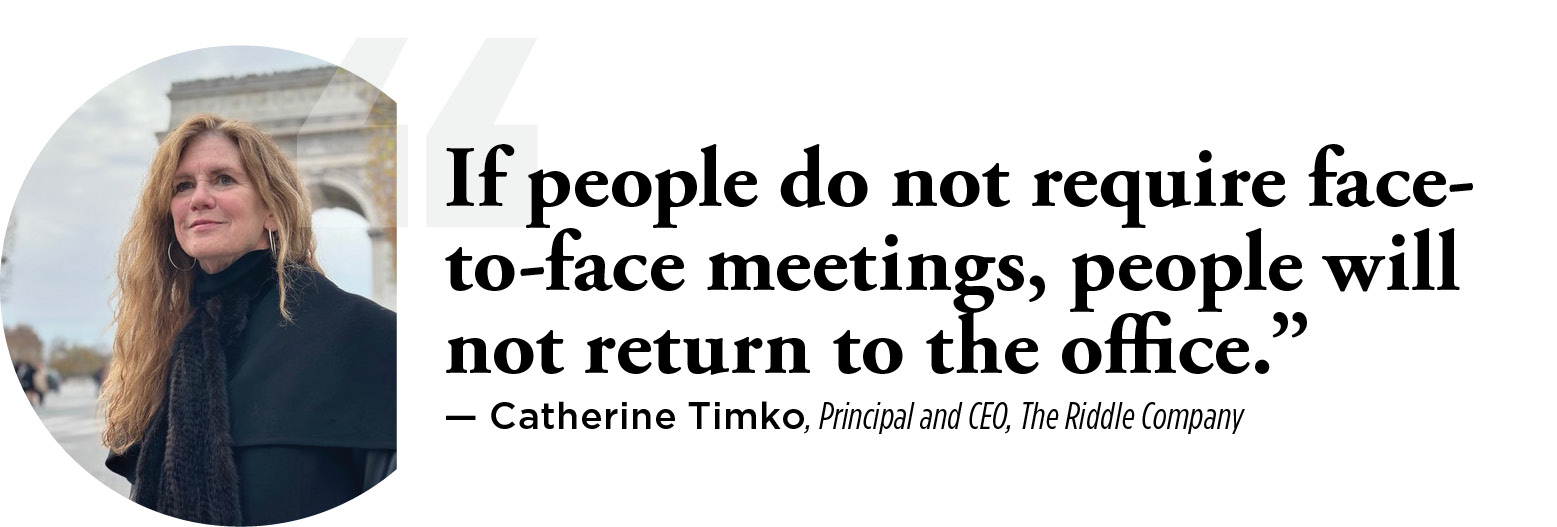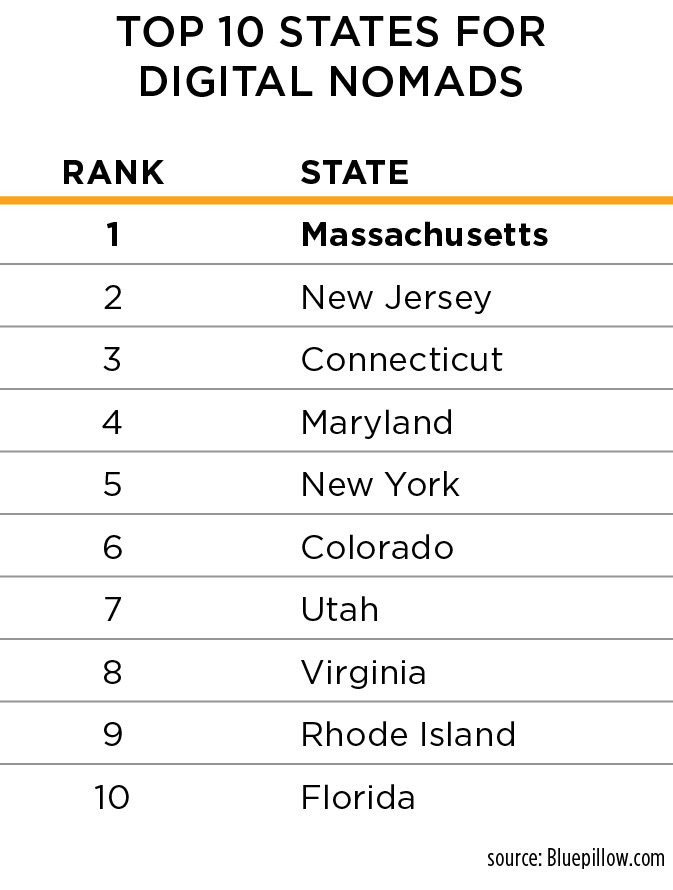Four years after the advent of the global pandemic, employers are still all over the map when it comes to deciding who gets to work remotely and who does not.
In the third quarter of 2023, a LinkedIn survey showed that 54% of Americans were still working mostly onsite, while 25% worked remotely and 18% worked on a hybrid schedule. But that’s not necessarily what workers want.
According to LinkedIn’s Workforce Confidence Index survey of more than 9,000 U.S. workers, most (58%) want more workplace flexibility and would choose either a hybrid or remote workplace if they could.
This is not stopping large companies from issuing stern return-to-office edicts. In late October, Amazon empowered managers to fire employees who did not return to the office to work at least three days a week.
Elon Musk, owner of Twitter (now X), sent a companywide email ordering all Twitter employees to return to work in the office five days a week. Those who don’t comply, he wrote, “should pretend to work somewhere else.”
“Our clients in Big Tech, the Big Banks and Wall Street are telling their employees to come back to the office, and I believe their rationales and calls will largely shape the long-term workplace template as we unwind from the historic disruptions caused by the pandemic.”
— John Boyd Jr., Principal, The Boyd Company Inc.
Are harsh directives like these a harbinger, or will companies and workers find a happy middle ground where they can co-exist? I reached out to prominent corporate headquarters site selection consultant John Boyd Jr. for additional perspective on this topic, and he summarized what he’s seen and heard from some of his largest Fortune 500 clients.
“Our clients in Big Tech, the Big Banks and Wall Street are telling their employees to come back to the office, and I believe their rationales and calls will largely shape the long-term workplace template as we unwind from the historic disruptions caused by the pandemic,” Boyd said. “Jamie Dimon, CEO of JPMorgan Chase, probably best encapsulates this view — a view shared by other corporate leaders like Tesla’s Elon Musk, Mark Zuckerberg of Meta, Rob Goldstein of BlackRock, Andy Jassy of Amazon and David Solomon of Goldman Sachs — when he says that his firm has seen ‘alienation’ among younger workers and that remote work ‘doesn’t really work for creativity and spontaneity.’ Upward of 70% of JPMorgan Chase’s workforce, including all managing directors, now work in the office five days a week.”

Boston, Massachusetts, is ranked as one of the top destinations in America for digital nomads — i.e., tech workers who can do their jobs remotely from anywhere.
Photo: GettyImages
The more the pandemic becomes a memory, says Boyd, the more the RTO point of view will take root among office culture in general. “Hybrid work schedules won’t go away, due to their popularity among employees and their potential cost savings in real estate for companies,” notes Boyd. “However, I do expect them to become more limited in scope and availability, and localized in the sense that decisions will be made by regional or division managers, avoiding the kind of risky companywide rebellions that we have seen at Amazon, Apple and Twitter.”
Whither the Fate of Office Properties?
Economic conditions are impacting RTO policies. Remember the Great Resignation when people were quitting their jobs in droves? Well, that’s not happening anymore as inflation, record-high mortgage rates and mass layoffs dominate the American economy today.
One industry where Boyd has seen a shift is the call center sector. “Remote working can help a company with its ESG and social impact metrics,” he notes. “This is especially true in the call center industry where we have been very active over the years. PepsiCo, TD Bank, Visa International, Progressive Insurance, Royal Caribbean, PNC Bank and Concentrix are all clients of ours. An enormous number of call center agents are working remotely today. Working from home facilitates the hiring of the disabled, single moms and other diverse and disadvantaged workers who don’t have the means to commute to a contact center or to an office. Also, a smaller contact center or office footprint due to offsite work-from-home operations scores well on the environmental front due to the use of less air-conditioning and heating and fewer CO2 emissions from employees driving to work.”
The tradeoff is the impact that remote work is having on office buildings, and it’s not a good one. Nowhere is this problem more acute than in Washington, D.C., where a plethora of office buildings await the return of workers in multiple federal agencies.
A recent report in Bisnow revealed that the slow return to office by many federal agencies is putting the health of many older D.C. buildings at great risk. This prompted the Biden Administration in August to issue a directive to all federal agencies in the nation’s capital to “aggressively execute” return-to-office plans for their employees by the end of 2023.
So far, pushback from federal employee unions has largely stalled this effort. Bisnow quoted Cushman & Wakefield Executive Vice Chairman Bill Collins as saying, “I do believe it would be great to have the federal government back. I wouldn’t bet on that anytime soon. Unions are pretty powerful.”
Catherine Timko, principal and CEO of The Riddle Company in Washington, D.C., says that some of the federal office leases in D.C. have shrunk as a result of remote working. “If people do not require face-to-face meetings, people will not return to the office,” she says. “The impact of this is that the older office buildings in D.C. are being vacated at the fastest rate. The class B and C buildings are being vacated the most.”

 Converting unused office space into residential housing isn’t a magic solution either, she adds. “According to a Gensler study, only 5% of the office buildings in D.C. can be converted to residential.”
Converting unused office space into residential housing isn’t a magic solution either, she adds. “According to a Gensler study, only 5% of the office buildings in D.C. can be converted to residential.”
The 10 Best States for Digital Nomads
In the meantime, many workers will continue to seek havens where they can do their job remotely and still be compensated handsomely for doing so. One recent study identified the 10 best markets for these so-called “digital nomads.”
Global accommodations experts Bluepillow.com put together a Digital Nomad Index Score of the top 10 optimal destinations for people who want to work remotely — using factors like quality of life, coworking spaces, state and national parks, low crime rates, air quality and other criteria. The index listed 10 states as the best places for remote working (see chart left).
Rounding out the top 15 were, in order, California, Minnesota, Washington, Illinois and Nevada. The bottom five states (46 to 50), according to Bluepillow.com, were West Virginia, New Mexico, Arkansas, Wyoming and Mississippi.

